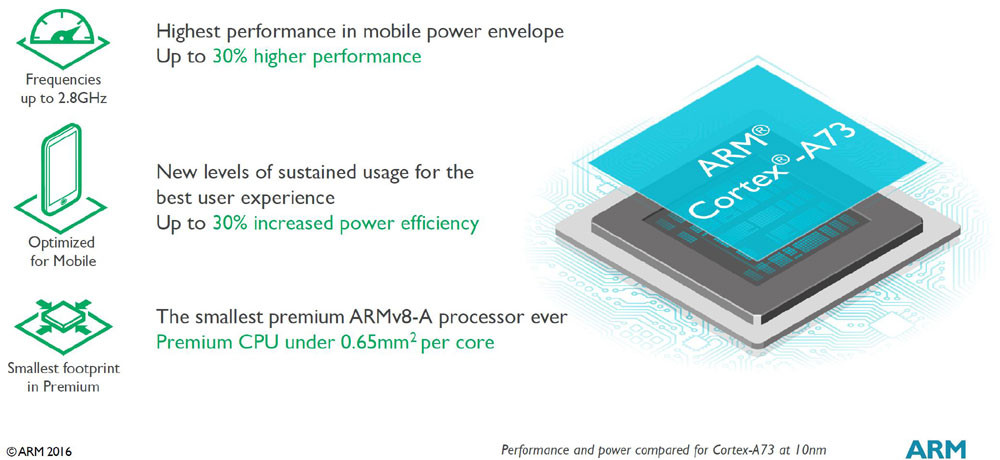
Intel has just announced “Silvermont”, their new Atom CPU. Now I know what you’re thinking, why am I talking about Intel’s newest chip? Simple, the company is desperately trying to enter the mobile space. In case you haven’t heard, the PC market is shrinking, which means Intel needs to find new markets to conquer.
And what’s everyone interested in these days? Smartphones and tablets.
Have you ever stopped to think about why nearly every Android device you’ve ever purchased has a Qualcomm chip inside? It’s not just because their chips are fast, though that helps, it mostly has to do with the fact that Qualcomm will sell device makers a complete mobile solution. They provide companies like HTC and Sony a CPU, GPU, a full 4G/3G/2G cellular stack, and all the chips needed to make WiFi, Bluetooth, and GPS work.
There lies the problem. Intel sells chips that don’t have any wireless connectivity, and what good is a mobile phone if it can’t connect to the internet? Some of you will tell me to look at handsets like the Motorola RAZR i and say I’m wrong, but I would never actually point to that phone and call it a successful product.
NVIDIA is in the same boat. They’ll talk to you until your ears bleed about Tegra, how it’s the fastest mobile SoC on the face of the problem, but how many phones today use their chips? None. HTC shoved a Tegra 3 inside the One X, and everyone hated it.
But back to Intel, they’re not dumb. They employ some of the smartest people on the face of the planet. Their lack of 4G LTE connectivity will no doubt be fixed, the big question is when? And the even bigger question is will companies be interested in breaking up with Qualcomm to try and give Intel a shot?
Until you see a Samsung phone or a Sony phone or an HTC phone with an Intel chip inside, then it’s best to ignore whatever Intel’s doing, because it doesn’t really matter for consumers. I’m thrilled that Intel’s new Atom chip is insanely fast and uses almost no power, but if it’s not in a device people want … what’s the point? Seriously.







